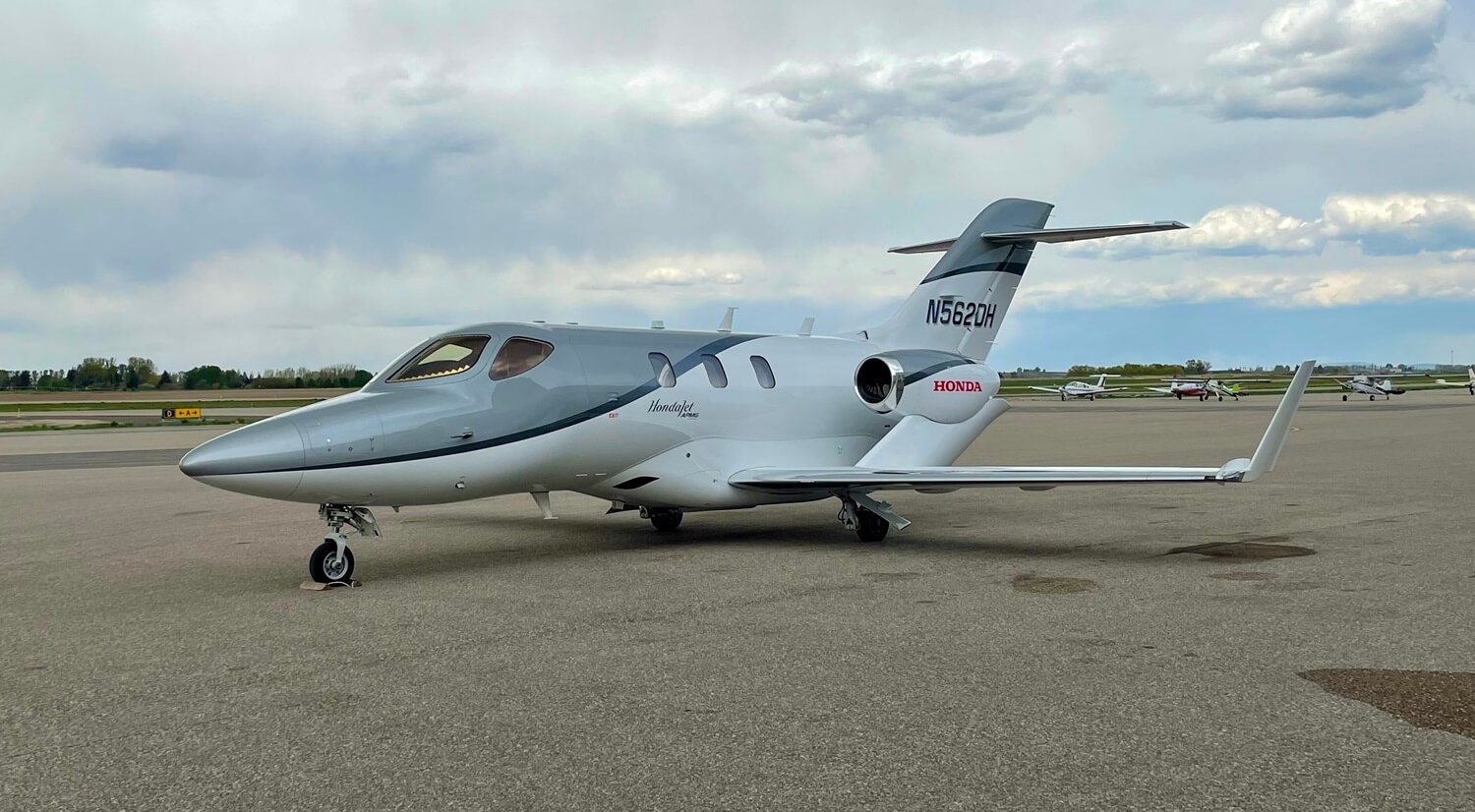You live a fast-paced lifestyle and demand the same from your private jet. When choosing the fastest very-light business jet, speed and efficiency are key. The top 5 models on the market today based on maximum speed include the Cirrus VisionJet at 311 knots, the Eclipse 500 at 370 knots, the Cessna Citation Mustang at 420 knots, the HondaJet at 422 knots, and the Embraer Phenom 100 at a blazing 467 knots.
Continue reading to learn which of these 5 lightning-fast very light jets best fits your discerning ownership profile.
The Top 5 Fastest Very-Light Business Jets
Cirrus VisionJet
With a maximum speed of 311 knots (358 mph), the Cirrus VisionJet is an ideal choice if traveling efficiency is a top priority. Its single-engine design provides substantial fuel savings over twin-engine counterparts. The VisionJet can seat up to five passengers in its spacious, luxury cabin and has a range of over 1,000 nautical miles (1,150 miles).
Eclipse 500
A step up in performance, the Eclipse 500 has a maximum speed of 370 knots (430 mph) and a range of up to 1,125 nautical miles (1,296 miles). Despite its light jet classification, the Eclipse 500 delivers a smooth, quiet ride and can accommodate up to six passengers. With its efficient Pratt & Whitney PW610F engines, the Eclipse 500 is also an environmentally friendly choice.
Cessna Citation Mustang
The Cessna Citation Mustang is one of the fastest light jets, with a maximum speed of 420 knots (483 mph). It has a range of up to 1,000 nautical miles (1,150 miles), making it suitable for short-to-midrange flights. The Mustang provides spacious seating for four passengers and two pilots. For private jet travelers wanting to dramatically cut travel time, the Mustang is an appealing option.
HondaJet
Honda’s sleek light jet, the HondaJet, reaches a maximum speed of 422 knots (486 mph), rivaling the Citation Mustang. However, the HondaJet has a slight range advantage, up to 1,180 nautical miles (1,357 miles).
Designed with fuel efficiency and minimal environmental impact in mind, the HondaJet is a pioneering aircraft in the very light jet category. The HondaJet’s over-the-wing engine mount configuration and natural laminar flow fuselage nose and wing dramatically reduce drag and increase performance.
Embraer Phenom 100
The Embraer Phenom 100 is the fastest jet on our list, with a maximum speed of 467 knots (537 mph) and a range of up to 1,178 nautical miles (1,353 miles). The Phenom 100 provides a spacious, well-appointed cabin for four passengers and deliver a smooth ride even at high speeds. For travelers in a hurry to reach their destination in style, the Phenom 100 is an appealing choice.
Cirrus VisionJet: The Slowest Very Light Jet
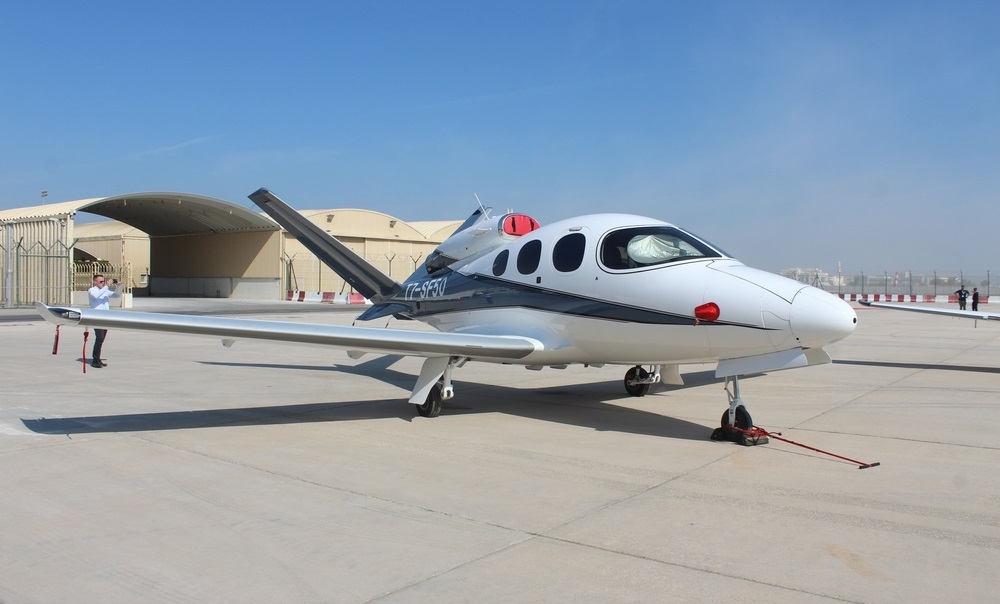
As a private jet charter company, Haute Jets aims to provide clients with a range of aircraft options to suit their needs. One of the more budget-friendly choices in the very light jet category is the Cirrus VisionJet. While it may have the slowest maximum speed at 311 knots (358 mph) compared to competitors, it offers respectable performance and cabin comfort for short-range flights.
Fuel Efficiency and Range
The VisionJet is powered by a single Williams International FJ33-5A turbofan engine, giving it a maximum range of 1,266 nautical miles (1,460 miles) at a long-range cruise speed of 300 knots. This makes it suitable for short regional hops or quick transcontinental journeys in the U.S. and Canada. Despite its small size, the VisionJet can seat up to five adults and one child.
Advanced Safety Features
As with all Cirrus aircraft, the VisionJet comes equipped with the Cirrus Airframe Parachute System (CAPS), which can lower the entire plane to the ground in an emergency. The jet also has a number of advanced avionics, including a three-screen Garmin G3000 flight deck with synthetic vision technology, giving pilots enhanced situational awareness.
While the VisionJet may lack the outright speed of competitors, its combination of fuel efficiency, safety, comfort, and affordability makes it an appealing choice for charter clients on a budget or those looking to travel shorter distances. For high-speed transatlantic or transpacific flights, faster midsize or super-midsize jets would likely better suit passengers’ needs.
Eclipse 500: Faster Than the VisionJet
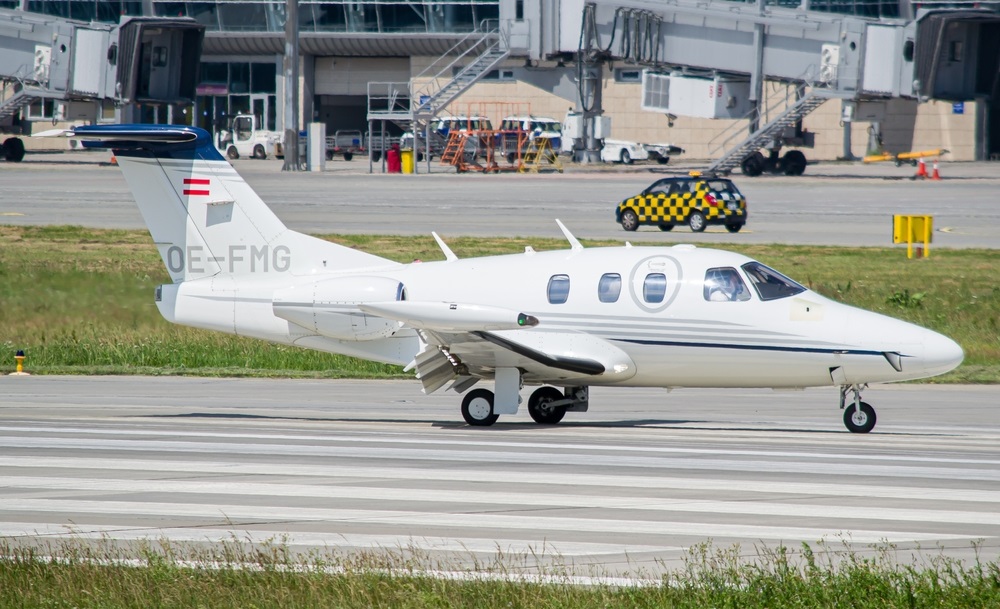
Superior Speed and Range
The Eclipse 500 is the fastest of the very light jets, with a maximum cruise speed of 370 knots (430 mph). This allows the Eclipse 500 to travel faster and farther than competitors like the Cirrus VisionJet, with the ability to cover up to 1,295 nautical miles (1,500 miles). The Eclipse 500’s combination of speed and range provides owners more flexibility to travel where and when they want.
Advanced Avionics
The Eclipse 500 features state-of-the-art avionics, including a three-display Garmin G1000 flight deck with Synthetic Vision Technology that provides pilots a virtual reality view of surroundings even in low visibility conditions.
The autopilot system incorporates automatic throttle and pressurization controls to reduce pilot workload. These advanced avionics, normally found on larger business jets, allow the Eclipse 500 to be flown by a single pilot, reducing operating costs.
Cabin Comfort
Despite its small size, the Eclipse 500 offers a well-appointed four-seat cabin with a private aft lavatory. The cabin is pressurized to a comfortable 8,000 feet for passenger comfort. Leather seats that recline and swivel provide seating flexibility and relaxation.
There are also refreshment and storage areas to meet passengers’ needs during flight. For a light jet, the Eclipse 500 delivers a highly refined in-flight experience for both pilots and passengers. The Eclipse 500 combines speed, range, advanced avionics and cabin amenities not typically found in the very light jet category.
For private jet owners seeking a high-performance aircraft with lower operating costs, the Eclipse 500 deserves strong consideration. Its combination of capabilities places it at the top of the list of the world’s fastest very light business jets.
Cessna Citation Mustang: Nearing Small Jet Speeds
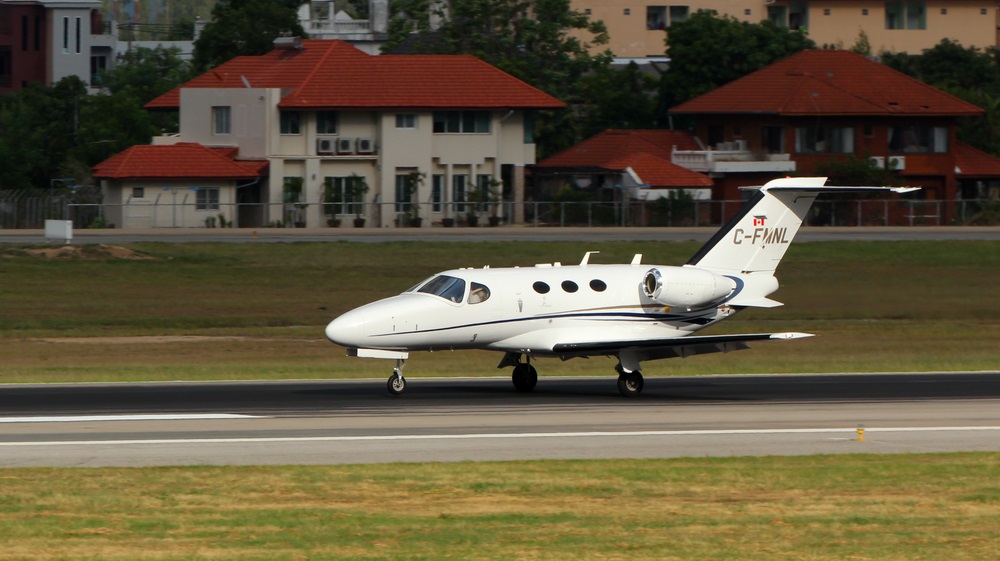
The Cessna Citation Mustang is a very light jet that approaches the maximum speed of larger light jets. With a maximum cruise speed of 420 knots (483 mph), the Mustang is 80 knots faster than the Cirrus VisionJet and 50 knots faster than the HondaJet. For those looking to travel quickly and efficiently in a private jet, the Mustang provides an appealing combination of speed and lower operating costs.
Powerful Engines, Efficient Design
Twin Pratt & Whitney Canada PW615F turbofan engines give the Mustang its impressive performance. Each engine produces 1,350 pounds of thrust, propelling the jet to higher speeds while still maintaining efficiency. At its maximum cruise speed, the Mustang has a range of 1,150 nautical miles (1,324 miles). Its clean-sheet design and lightweight construction help maximize fuel efficiency for lower operating costs.
Cabin Comfort
Despite its small size, the Mustang offers a well-appointed cabin for up to four passengers. The interior has a width of 4.5 feet, headroom of 4.75 feet, and length of 11.33 feet. An optional club-four configuration provides two lounge seats and a work table. A private lavatory provides additional convenience on longer flights. For entertainment, options include satellite radio, cabin management system, and an in-flight Wi-Fi system.
Safety and Reliability
Cessna’s long history of building dependable aircraft instills confidence in the Mustang. It includes a Garmin G1000 NXi avionics suite with real-time weather, traffic, and terrain information to enhance situational awareness and safety.
The Mustang’s sturdy airframe and Pratt & Whitney engines have proven records of reliability. Overall, the Cessna Citation Mustang provides an appealing combination of speed, efficiency, comfort, and dependability for private jet travel.
HondaJet: Japan’s Speedy Light Jet
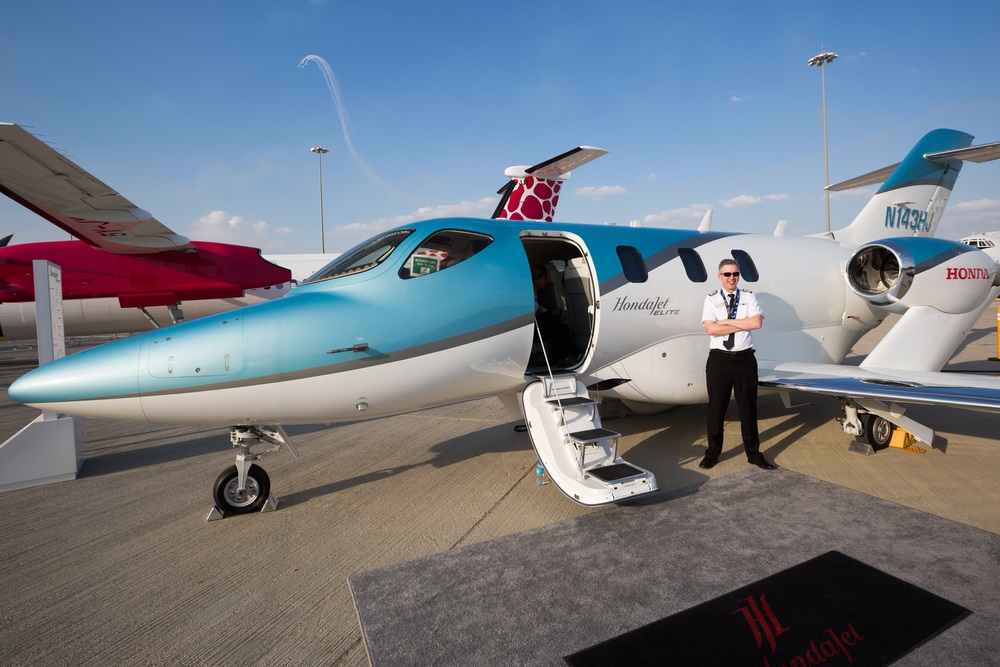
Unmatched Performance
The HondaJet is the fastest aircraft in its category, with a maximum cruise speed of 422 knots (486 mph). Its unique over-the-wing engine mount configuration, natural laminar flow wing, and composite fuselage provide an unparalleled performance advantage over other similarly sized business jets. The HondaJet’s speed and range enable direct flights between cities like Los Angeles and New York or London and Moscow.
Advanced Technology
The HondaJet incorporates many technological innovations developed by Honda Aircraft Company, including a custom fuselage, natural laminar flow wing, and an advanced glass avionics flight deck. The natural laminar flow wing improves performance and fuel efficiency at high speed. The glass flight deck features a highly intuitive touchscreen interface and provides critical flight information with exceptional visibility and minimal clutter.
Comfort and Convenience
Although fast and efficient, the HondaJet does not sacrifice passenger comfort. Its cabin measures nearly 17 feet long and over 4 feet high, with seating for up to seven occupants. An aft private lavatory provides convenience on longer flights.
Cabin amenities include a standard refreshment center, in-flight entertainment options, and a high-end bespoke interior. The HondaJet offers a smooth, quiet ride for both passengers and crew. The HondaJet has revolutionized the very light jet market with its innovative design, advanced technologies, and superior performance.
For private jet charter clients seeking speed, efficiency, and luxury, the HondaJet delivers an unmatched experience in a class by itself. By choosing the HondaJet for your private flight, you can arrive at your destination quickly and conveniently while enjoying an unparalleled level of comfort along the way.
Embraer Phenom 100: The Fastest Very Light Jet
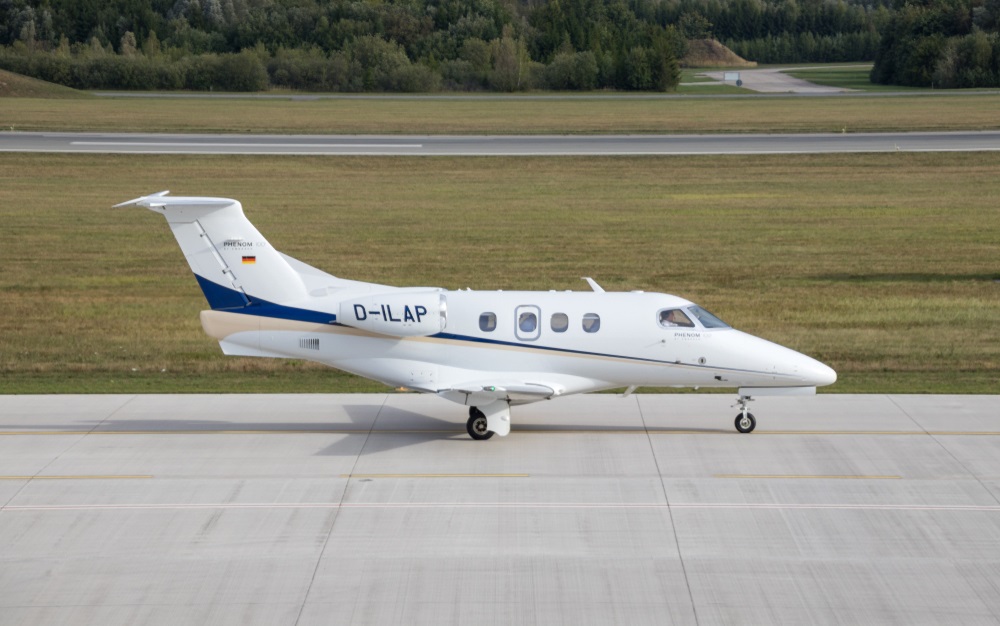
Speed and Performance
The Embraer Phenom 100 is the fastest jet in the very light jet category, with a maximum cruising speed of 467 knots (537 mph). It can climb to 41,000 feet in just 24 minutes.
The Phenom 100 features a Pratt & Whitney PW617F1-E turbofan engine providing 1,695 pounds of thrust and enabling the aircraft to achieve high speed and fast climb rates.The avionics feature the Prodigy Flight Deck system based on Garmin G1000 avionics with three high-resolution LCD displays.
Cabin and Comfort
The Phenom 100 offers a spacious cabin with club seating for up to 4 passengers. The cabin measures 12.4 feet long and 4.8 feet wide, with a height of 4.8 feet. An enclosed lavatory provides additional comfort for long flights. The ergonomically-designed seats offer multiple adjustment options to customize comfort. Cabin amenities include individual entertainment screens, AC power outlets, USB charging ports, and an optional refreshment center.
Cost and Fuel Efficiency
The Phenom 100 has a maximum range of 1,178 nautical miles with 4 occupants and NBAA IFR reserves. It is also highly fuel efficient, with a fuel burn of only 90 gallons per hour at high-speed cruise. The aircraft has a maximum payload of 1,971 pounds. New models have a price tag between $4.5 to $4.9 million.
For individuals and corporations seeking a high-performance very light jet that provides an exceptional combination of speed, range, and cabin comfort, the Embraer Phenom 100 is an optimal choice.
Its fuel efficiency, avionics, and lavatory provide transcontinental capabilities not typically found in this jet class. The Phenom 100 offers a perfect blend of capabilities for regional and nationwide travel at relatively low operating costs.
FAQ: How Fast Are Very Light Private Jets?
Top Speeds
Very light jets are designed for speed and efficiency. The fastest models can reach maximum speeds of up to 467 knots (537 mph), allowing for quick point-to-point travel over both short and long distances.
For comparison, most commercial airliners cruise at around 500-550 mph. The high-speed capabilities of VLJs mean less travel time and more productive hours for business flyers and private owners alike.
Fuel Efficiency
In addition to speed, VLJs are praised for their fuel efficiency. They can travel up to 1,400 nautical miles on a single tank of fuel. Thanks to their lightweight carbon composite airframes and efficient jet engines, VLJs offer an optimal balance of speed and range.
This allows travelers to quickly get where they need to go without frequent refueling stops. For private owners, the lower fuel burn also means significant cost savings over the lifetime of the aircraft.
Turbine Engines
Very light jets are powered by small yet powerful turbofan jet engines that provide thrust for high-speed flight. Unlike piston engines, turbine engines have no moving parts and require less maintenance. They are also designed to operate at higher altitudes where the air is thinner, allowing VLJs to cruise up to 41,000 feet.
At this altitude, they can avoid air traffic and weather for a smoother ride. In summary, very light private jets are highly capable aircraft that offer business and private travelers unmatched freedom and flexibility.
With cruising speeds up to 467 knots, intercontinental range, and efficient turbofan engines, VLJs make quick work of short hops and long transoceanic flights alike. For those looking to shave hours off travel time and avoid the hassles of commercial flying, a very light jet could be the perfect solution.
Conclusion
Ultimately, speed matters when you’re choosing the right very-light private jet for your transportation needs. While the Cirrus VisionJet and Eclipse 500 offer respectable velocities, the Cessna Citation Mustang, HondaJet, and Embraer Phenom 100 really stand out for their ability to travel up to 467 knots.
As you evaluate your options, factor in price, range, passenger capacity and other variables too. But if you want to arrive at your destination as quickly as possible, the Phenom 100 looks hard to beat. With thorough research and expert consultation, you can identify the jet that best balances speed, efficiency and affordability for your unique situation.
Are you interested in finding an exact price for your upcoming trip? Input your trip details here to browse available private jet charter flights, or call +1 (888) 585-3095 for a custom itinerary and quote.
